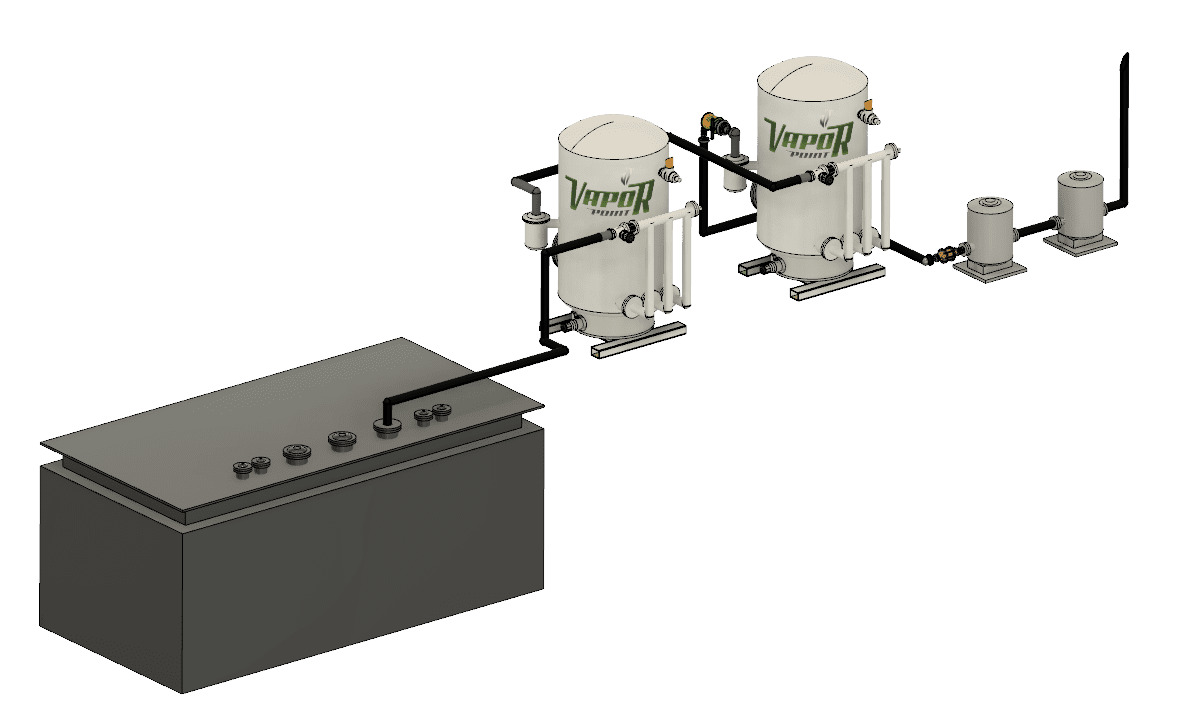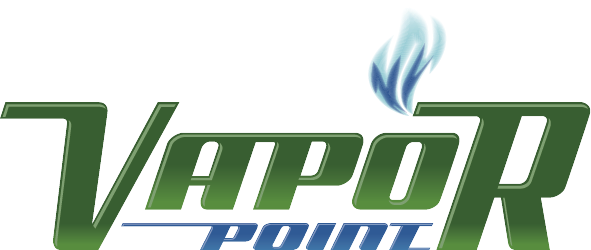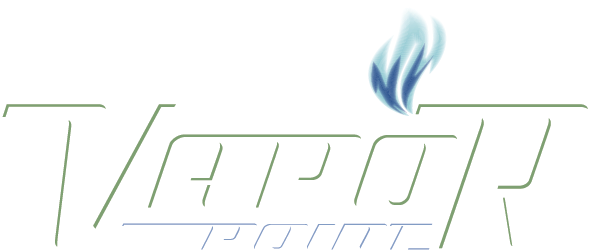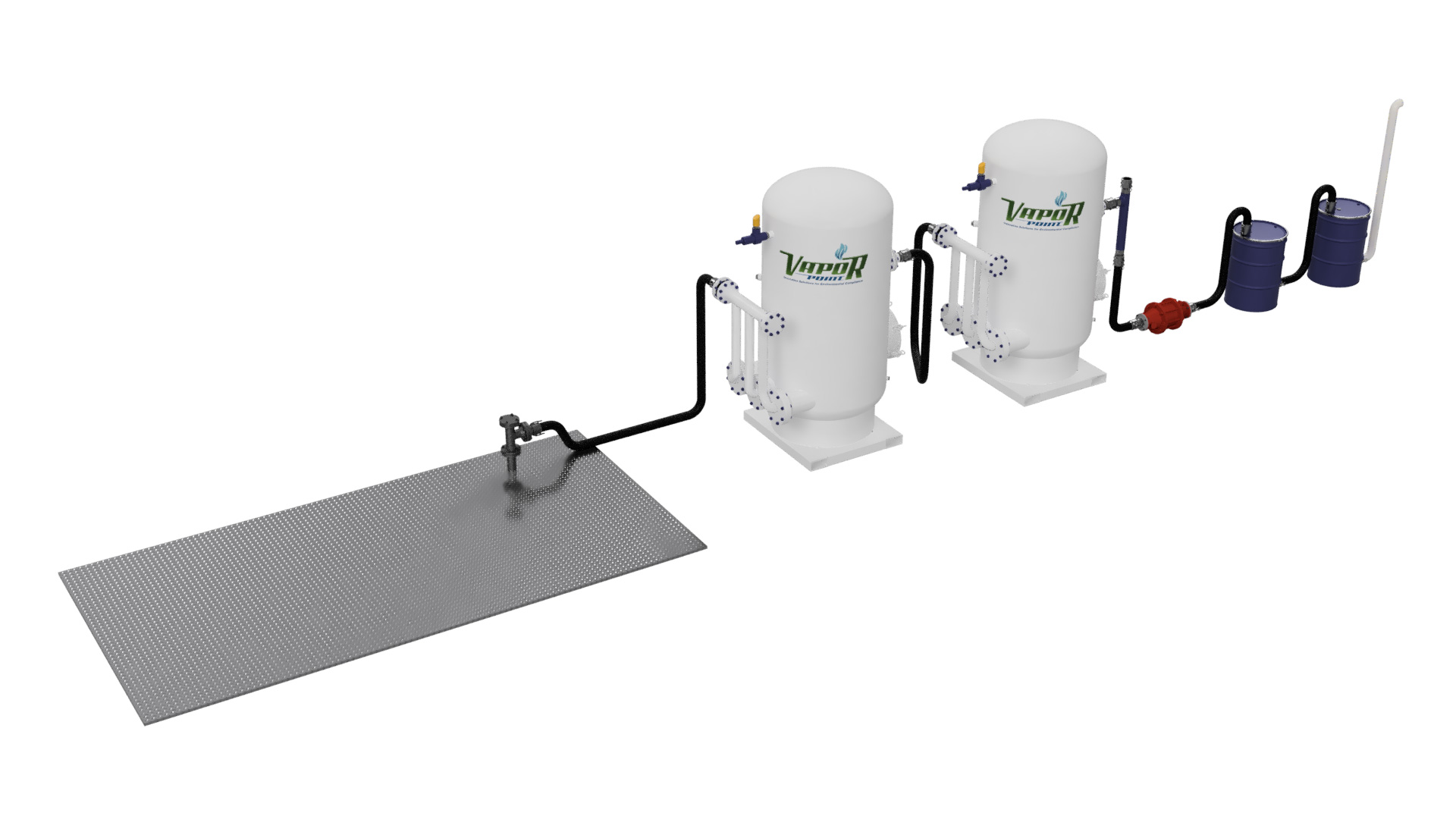The U.S. Environmental Protection Agency promulgated the National Standards for Hazardous Air Pollutants (NESHAP) to limit benzene emissions from several source categories in September of 1989. These source categories included benzene transfer (Subpart BB) and benzene waste operations (Subpart FF). Subpart FF is commonly known as BWON. After many stays the rule was finalized in 1993. Many attempts at clarification and questions about how facilities apply the rule have arisen over the years.
Plant sumps create a unique set of issues, as they are often extremely variable in the contaminant levels and flow rates based upon what problems occur during the normal operations of the sump’s associated units.
Our particular customer was utilizing 3 – 2000 lb. activated carbon canisters to control this sump application. It was costing them over $150,000 per month. After installing the Vapor Point VaporLock™ emission recovery system, the plant recognized a total control savings of over $100,000 per month.
Application Challenges:
- High variability of contaminant concentrations (VOCs/Benzene)
- High variability in flow rate of vapor stream Challenges for Other Control Devices:
- Designed for specific concentration range and flowrate
- Conditions outside of design lead to:
- Inefficient carbon usage (premature spending of carbon)
- Potential safety concern: heat of sorption

The Vapor Lock ™ Solution
Due to the distance from the customer location and Vapor Point’s nearest office, we decided to install a more robust system than would be typically needed by customers that are in a closer proximity. Vapor Point installed 2 dual VaporLock™ VOC systems, plumbed in parallel sequencing. Because the sump operates at very low pressures, we utilized a Vacuum Venturi system (powered with plant Nitrogen). The Venturi was installed downstream of the VaporLock™ recovery system, and was utilized to negate the backpressure created by the VaporLock™ system, allowing the vent from the sump to free flow through the system. The outlet from the venturi was then reconnected into the carbon canisters; ensuring compliance was maintained with the refinery’s Consent Decree.
Vapor Point’s Results
- Vapor Point’s VaporLock™ System saved this client over $2.1 MM dollars per year for this single application, versus carbon alone.
- The client highlighted this success in a formal presentation to the customer’s corporate environmental team.
- Vapor Point was awarded with a new MSA allowing us to work in multiple customer facilities, where similar problems were identified.
- Client’s environmental team lead has personally garnered positive recognition based on his “taking a risk” by bringing Vapor Point in to assist in resolving this high-cost headache.
- Vapor Point has installed similar setups at 3 other locations within 6 months of beginning the sump project.


